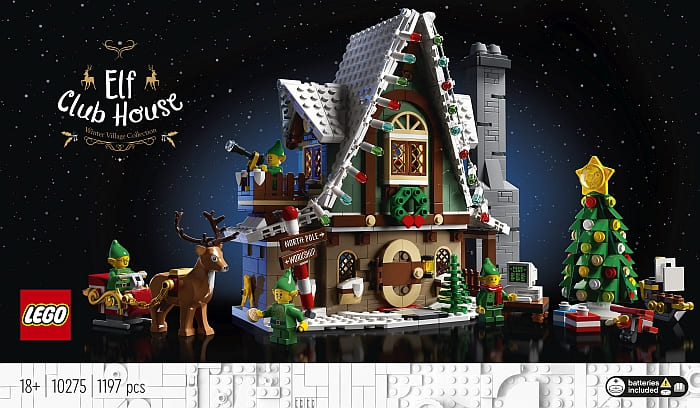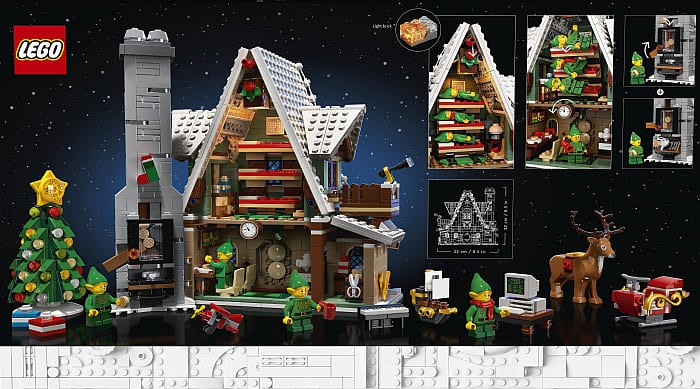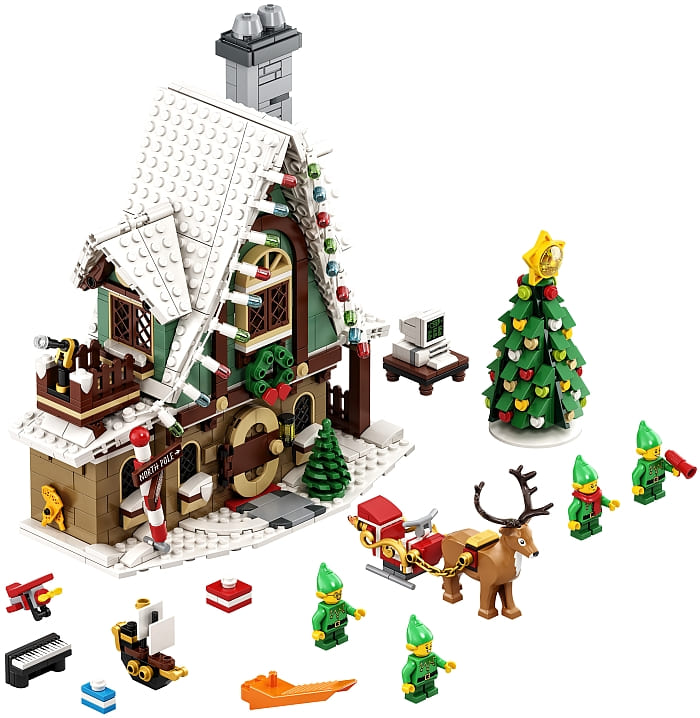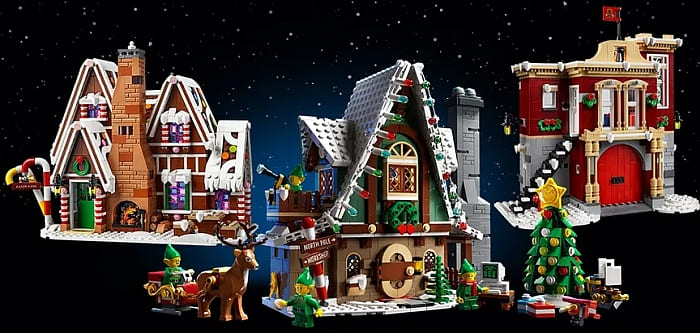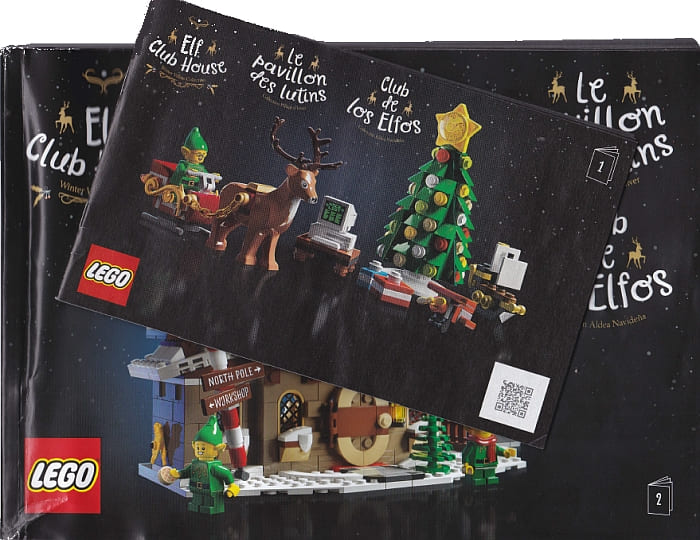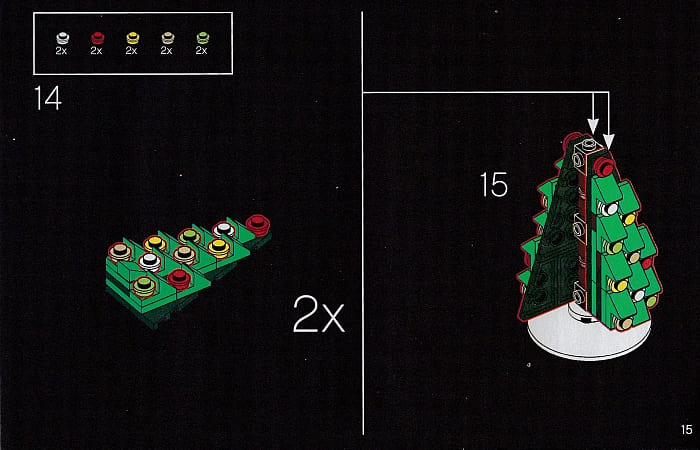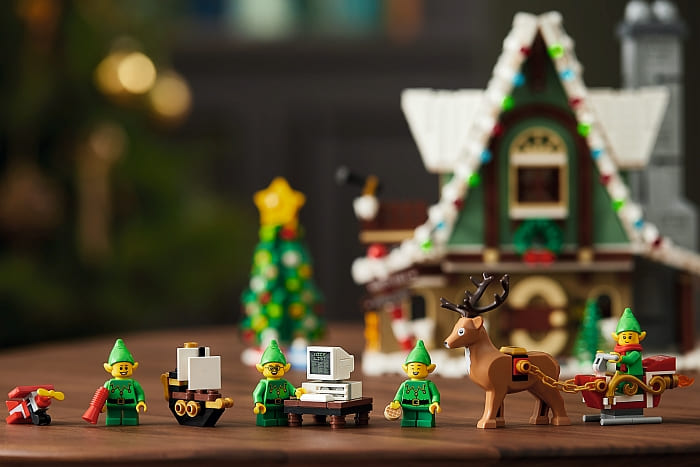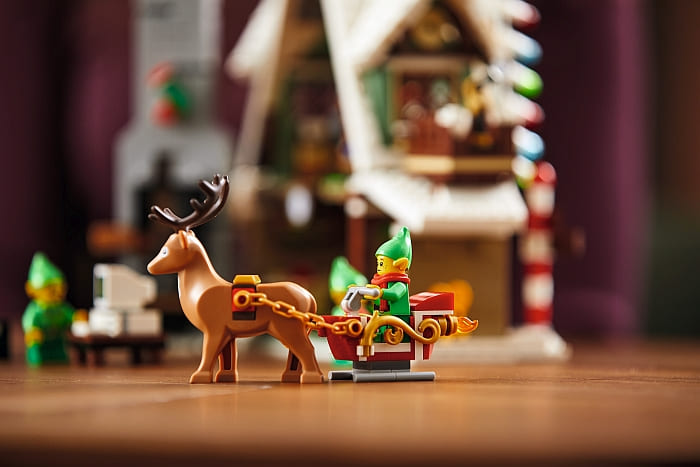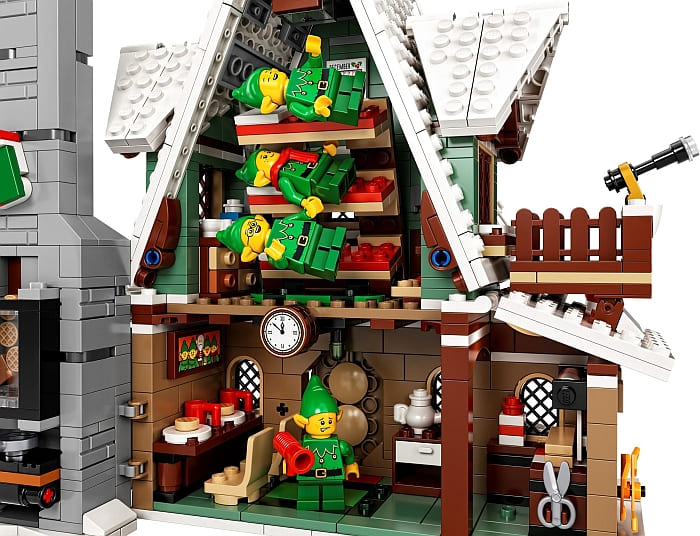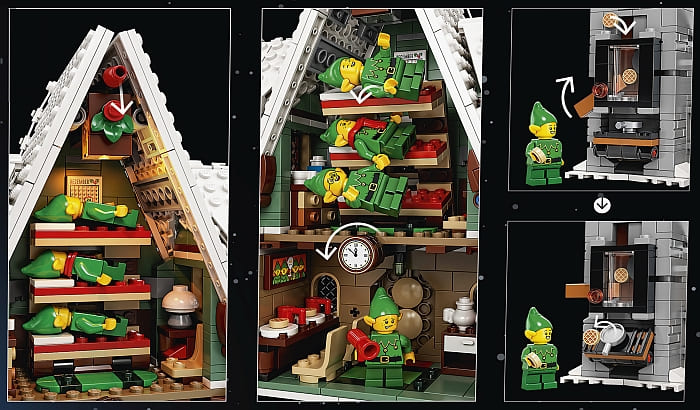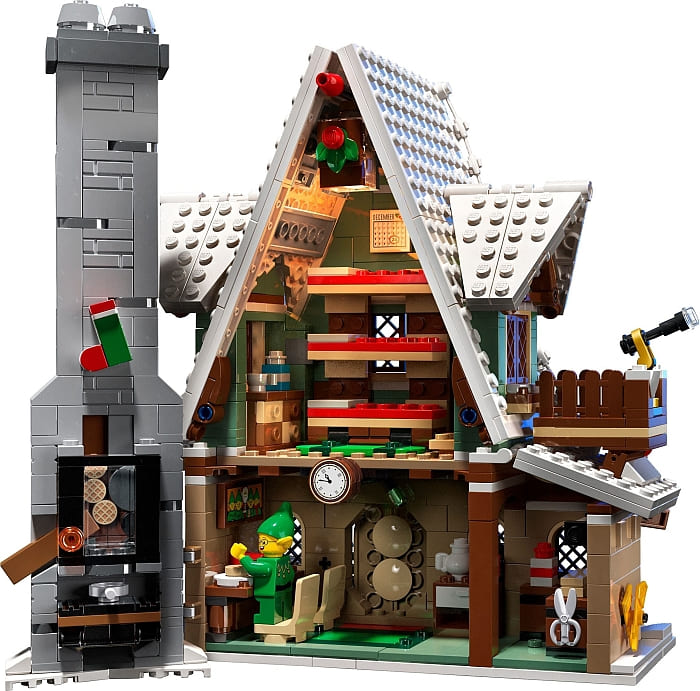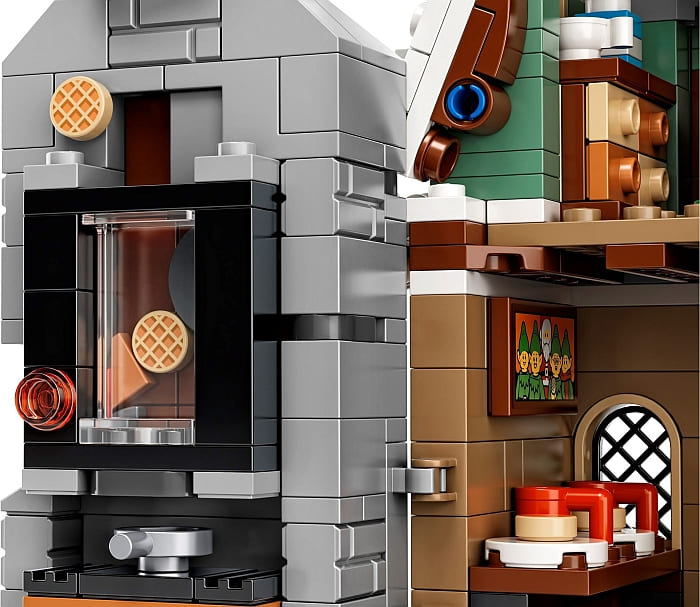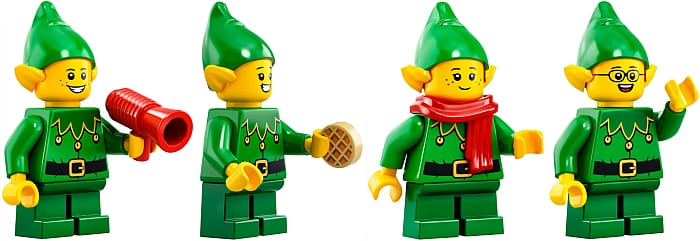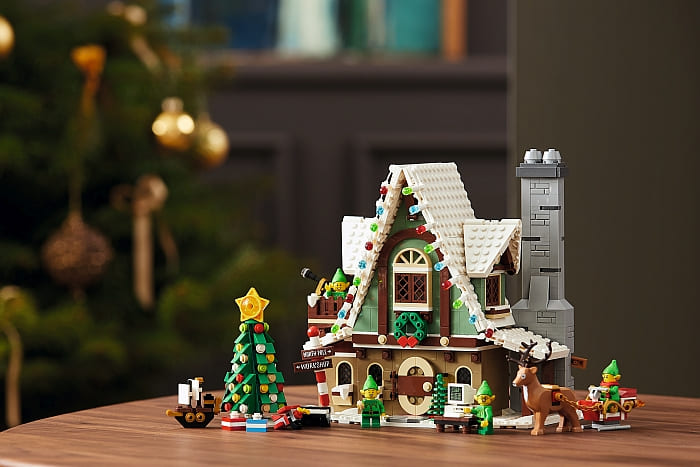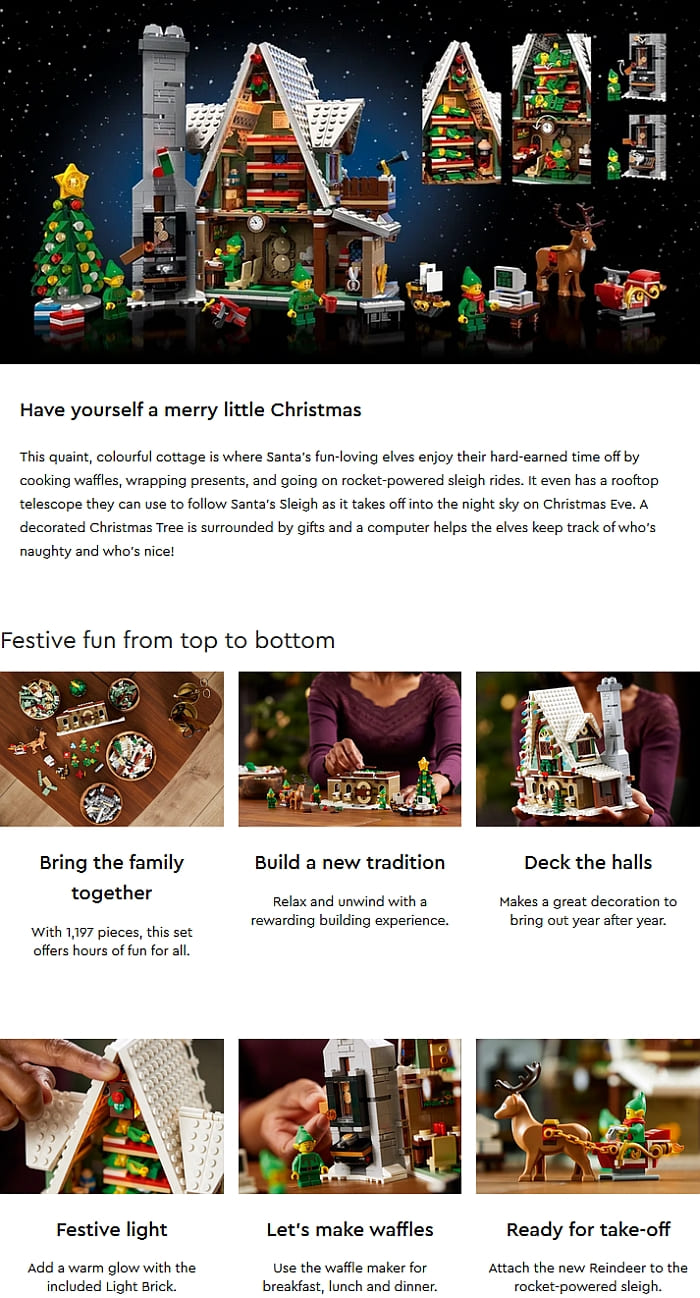The completely redesigned and reinvented LEGO MINDSTORMS system with the #51515 LEGO MINDSTORMS Robot Inventor 5-in-1 Set is now available, and to celebrate the release, you can also get the #40413 LEGO MINDSTORMS Mini Robots set free with purchases of $100 or more until October 25th. The new MINDSTORMS robotics system was announced back in June ((see press-release: LEGO MINDSTORMS Robot Inventor 5-in-1 Set Coming!), but to recap, I included some of the key information about the set below. And we also discuss the freebie a bit, so you know what you’re getting. Please note that the freebie is available on all purchases at official LEGO stores and the Online LEGO Shop, not just the new MINDSTORMS set, but since it’s a mini version of the larger set, it’s nice to get them together.
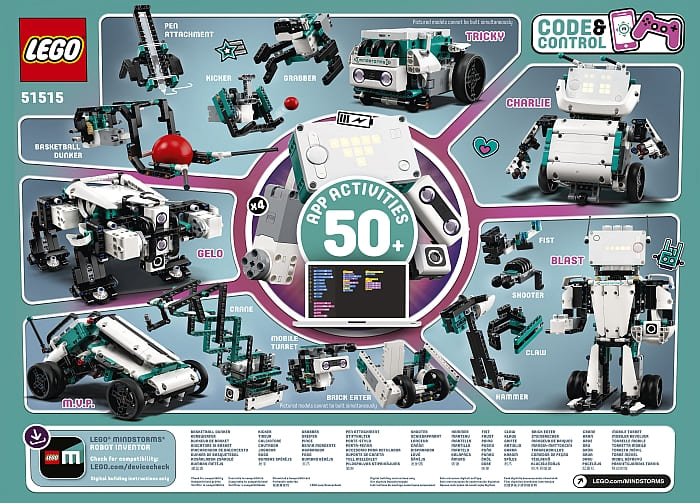
Here is the description of the #51515 LEGO MINDSTORMS Robot Inventor 5-in-1 Set: From the intelligent LEGO MINDSTORMS Hub with its 5×5 LED screen, 6-axis gyro and speaker, to powerful motors and accurate sensors, the latest evolution of LEGO MINDSTORMS coding robots for kids is the perfect way to help youngsters express and develop their creativity, while gaining essential 21st century STEM skills. Young robot fans can build five unique, motorized robots and vehicles using the free LEGO MINDSTORMS Robot Inventor App. Then, they can bring them to life, one at a time, using the drag-and-drop coding environment based on Scratch and complete 50+ fun activities and challenging missions (visit LEGO.com/devicecheck for a list of compatible devices). And with almost 1,000 pieces, kids will love to come up with their own tech toy creations and share them with other robot fans on LEGO Life.

The set comes with 949 pieces, including an intelligent Hub with rechargeable battery, 4 Medium Motors, Color Sensor, and Distance Sensor with break-out interface. Blast is the two-legged 14” (36cm) tall robot in the set and it can fire darts or hammer its way through obstacles and grab items. Charlie is the quirky sidekick helper bot that can give out high fives, dance, play the drums, deliver small gifts, and charm friends with its smile. Tricky is meant to be the sporty bot, shaped like a small vehicle with a throwing arm that can throw balls. Gelo is a four-legged robot that can walk, avoid obstacles, and even perform tricks. The last robot is named M.V.P., or Modular Vehicle Platform that can be built into a buggy, a crane, a shooter turret, or even a brick-eating truck to pick up LEGO bricks left by the other robots.
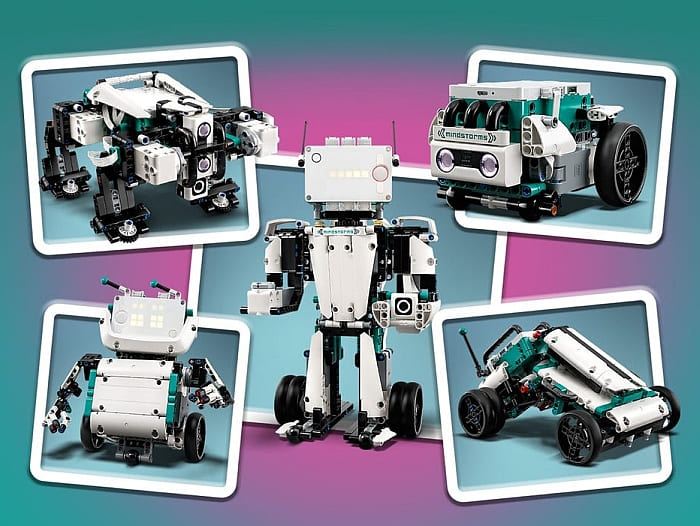
It’s worth noting that the Powered Up components in this set are also compatible with the #17101 LEGO BOOST Creative Toolbox and the #75253 LEGO Star Wars Droid Commander. If you have been thinking about getting into LEGO robotics, the #51515 LEGO MINDSTORMS Robot Inventor 5-in1 Set is the way to go. It’s not cheap, $359.99, so you might want to check out some of the early reviews to know what you’re getting into. In the video below, you can join LEGO Designers Dan, Morten, Carl, and Jørn as they take you through the five new robots in the Robot Inventor set; Blast, Charlie, M.V.P, Tricky & Gelo.
As I mentioned above, the #40413 LEGO MINDSTORMS Mini Robots is a freebie with purchases of $100 or more until October 25th. It features mini versions of the five robots from the large set. LEGO designers did a great job replicating the larger robots and even included some of the play features.
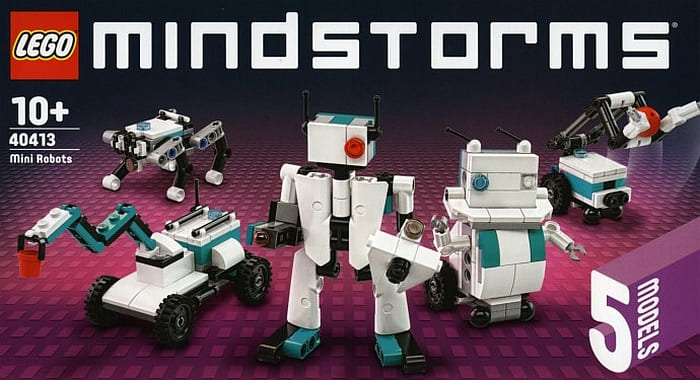
Blast is fully articulated and comes with a working shooter. Charlie is super cute with four wheels, a little heart inside his chest, a movable jaw like in the big version, and articulated arms. Tricky is the ball throwing robot, and the mini version can also handle and throw a ball. Gelo, the dog-like four-legged robot, is also accurately replicated on a small scale with fully articulated limbs. M.V.P. comes with an interchangeable crane attachment and dual-shooter attachment, and it is articulated in the middle just like the big version. Below is a review-video where you can see all five min robots in more detail, and if you want to get it, visit the Online LEGO Shop.
I’m very impressed how much have gone into producing this free-with-purchase #40413 LEGO MINDSTORMS Mini Robots set. The robots are not just accurate and functional representations of the larger bots, but also work very well as minifig-scale robots that you can add to your LEGO space and futuristic layouts. Remember that this freebie is available with all purchases over $100, so you don’t even have to get the larger MINDSTORMS set to receive it. Just make sure you get it before the 25th of October. And if you’re really into robotics, the #51515 LEGO MINDSTORMS Robot Inventor 5-in-1 Set is available at the LEGO MINDSTORMS section of the Online LEGO Shop.
What do you think of the new LEGO MINSTORMS set and the mini version of it? Are you planning to get either of them? Or both? Feel free to share your thoughts and discuss in the comment section below!
And you might also like to check out the following related posts:


